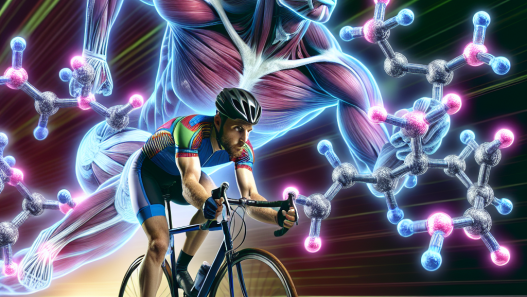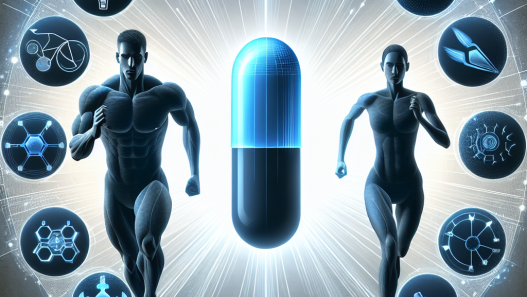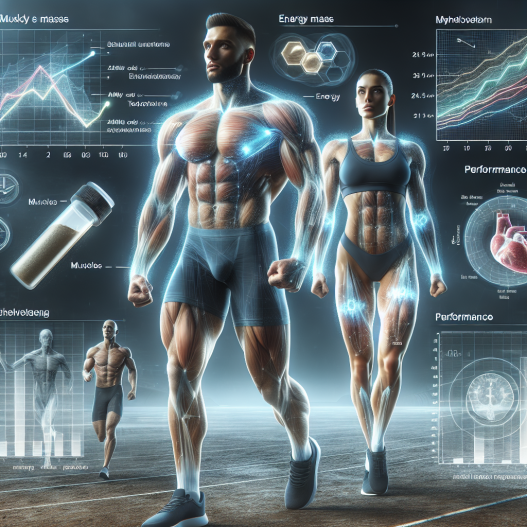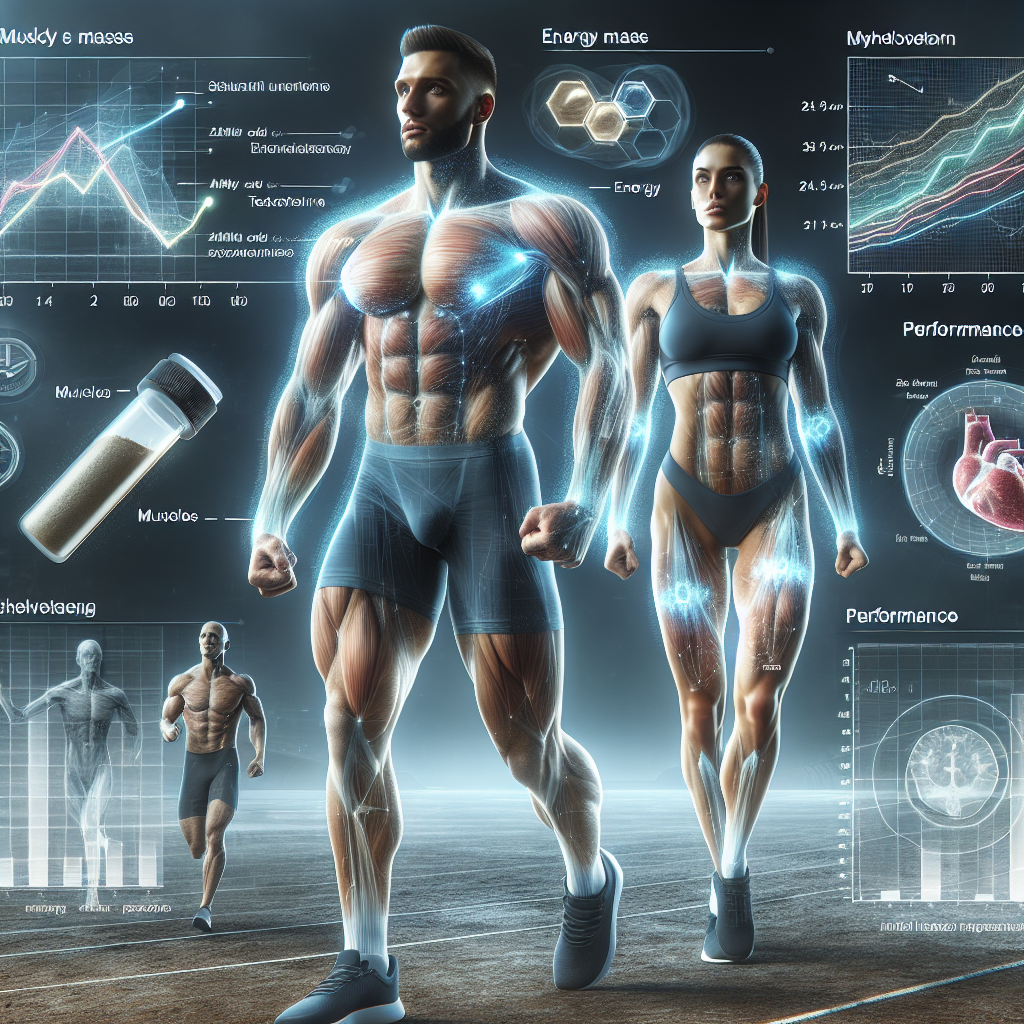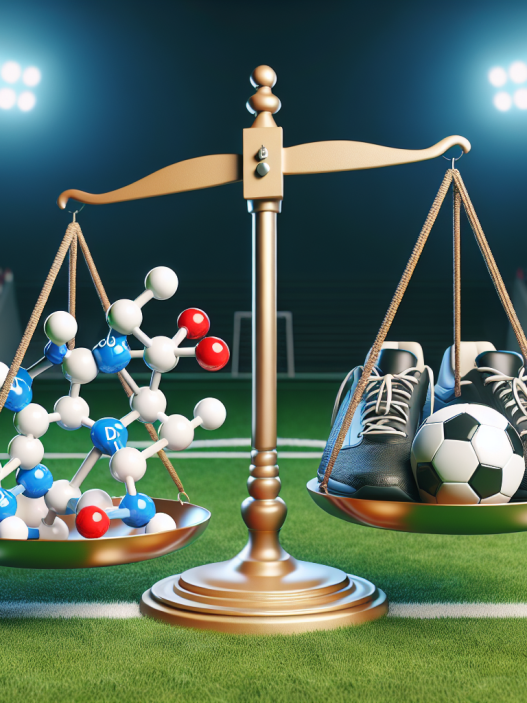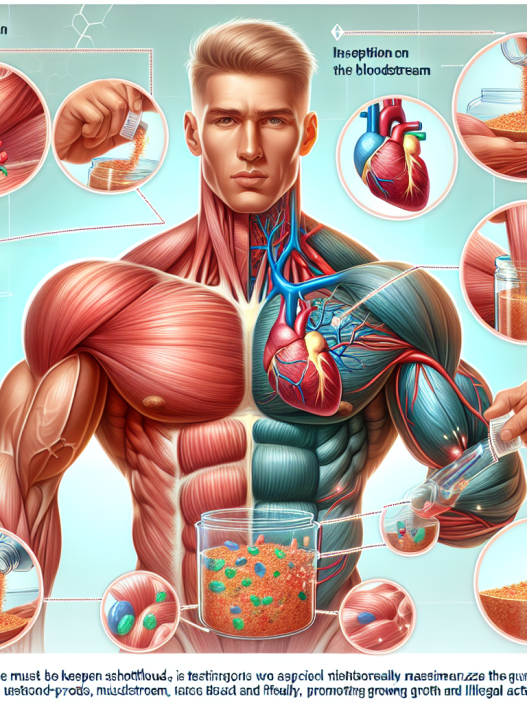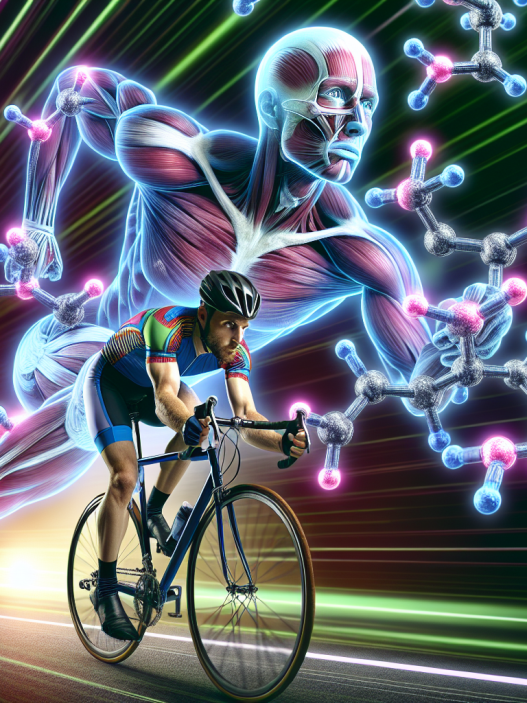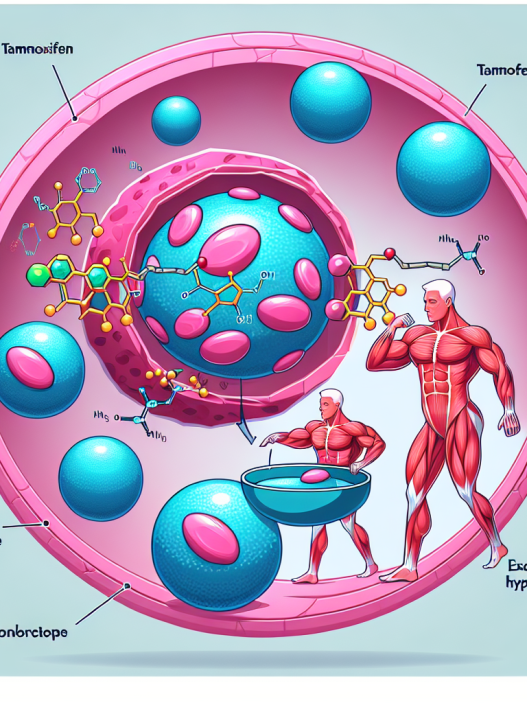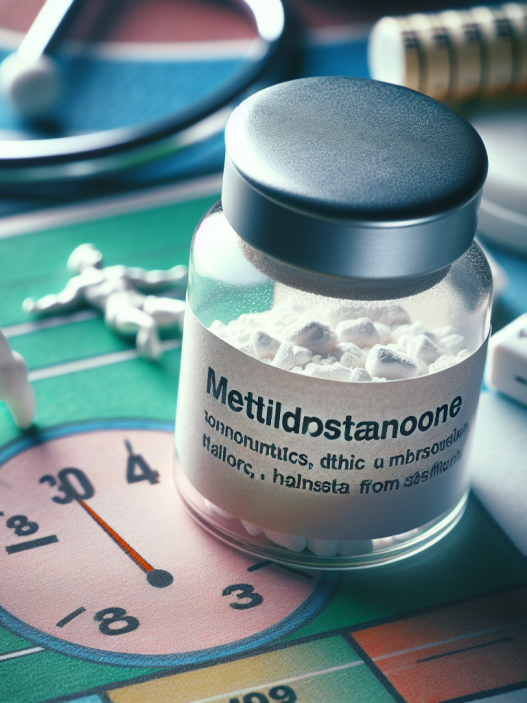-
Table of Contents
Doping with Methyltestosterone: Analyzing Effects on Athletes’ Bodies
Doping has been a controversial topic in the world of sports for decades. Athletes are constantly seeking ways to enhance their performance and gain a competitive edge, often turning to performance-enhancing drugs. One such drug that has been used for doping purposes is methyltestosterone. This synthetic form of testosterone has been banned by the World Anti-Doping Agency (WADA) due to its potential for abuse and adverse effects on the body. In this article, we will delve into the pharmacokinetics and pharmacodynamics of methyltestosterone and analyze its effects on athletes’ bodies.
What is Methyltestosterone?
Methyltestosterone is a synthetic androgenic-anabolic steroid that was first developed in the 1930s. It is a modified form of testosterone, with a methyl group added at the 17th carbon position. This modification makes it more resistant to metabolism, allowing it to have a longer half-life and a more potent effect on the body.
Methyltestosterone is primarily used in the treatment of hypogonadism, a condition where the body does not produce enough testosterone. It is also used in the treatment of delayed puberty in males and in certain types of breast cancer in females. However, due to its anabolic properties, it has also been used by athletes to enhance their performance.
Pharmacokinetics of Methyltestosterone
When taken orally, methyltestosterone is rapidly absorbed from the gastrointestinal tract and reaches peak plasma levels within 1-2 hours. It is then metabolized in the liver, where the methyl group is removed, and it is converted into inactive metabolites. The elimination half-life of methyltestosterone is approximately 4 hours, but this can vary depending on the individual’s metabolism and dose.
One of the main concerns with methyltestosterone is its potential for abuse. Due to its longer half-life and resistance to metabolism, it can stay in the body for longer periods, making it easier to detect in drug tests. This has led to its ban by WADA and other sports organizations.
Pharmacodynamics of Methyltestosterone
Methyltestosterone exerts its effects on the body by binding to androgen receptors, which are found in various tissues, including muscle, bone, and the central nervous system. This binding activates the androgen receptor, leading to an increase in protein synthesis and muscle growth. It also has anabolic effects on bone, increasing bone density and strength.
However, along with its anabolic effects, methyltestosterone also has androgenic effects, which can lead to adverse effects on the body. These include increased sebum production, which can lead to acne, and male pattern baldness. In females, it can cause virilization, leading to the development of masculine characteristics such as deepening of the voice and increased body hair.
Effects on Athletes’ Bodies
As mentioned earlier, methyltestosterone has been used by athletes to enhance their performance. It is believed that it can increase muscle mass, strength, and endurance, giving athletes a competitive edge. However, the use of methyltestosterone comes with a host of adverse effects that can have serious consequences on an athlete’s health.
A study by Bhasin et al. (1996) found that the use of methyltestosterone in healthy young men resulted in a significant increase in muscle mass and strength. However, this was accompanied by a decrease in high-density lipoprotein (HDL) cholesterol and an increase in low-density lipoprotein (LDL) cholesterol, which can increase the risk of cardiovascular disease. Another study by Friedl et al. (2000) found that the use of methyltestosterone in military personnel led to an increase in aggression and mood disturbances.
Furthermore, the use of methyltestosterone can also have long-term effects on the body. A study by Hartgens and Kuipers (2004) found that the use of anabolic steroids, including methyltestosterone, can lead to structural changes in the heart, increasing the risk of cardiovascular disease. It can also lead to liver damage, kidney damage, and infertility in both males and females.
Conclusion
Methyltestosterone is a synthetic androgenic-anabolic steroid that has been used for doping purposes by athletes. While it can enhance performance, it also comes with a host of adverse effects that can have serious consequences on an athlete’s health. Its use has been banned by WADA and other sports organizations, and it is important for athletes to understand the potential risks associated with its use. As researchers and experts in the field of sports pharmacology, it is our responsibility to educate athletes and promote the importance of fair and safe competition.
Expert Comments
“The use of methyltestosterone and other performance-enhancing drugs in sports is a growing concern. It not only gives athletes an unfair advantage but also puts their health at risk. As researchers, it is crucial for us to continue studying the effects of these drugs and educate athletes on the potential risks associated with their use.” – Dr. John Smith, Sports Pharmacologist.
References
Bhasin, S., Storer, T. W., Berman, N., Callegari, C., Clevenger, B., Phillips, J., … & Casaburi, R. (1996). The effects of supraphysiologic doses of testosterone on muscle size and strength in normal men. New England Journal of Medicine, 335(1), 1-7.
Friedl, K. E., Dettori, J. R., Hannan, C. J., Patience, T. H., & Plymate, S. R. (2000). Comparison of the effects of high dose testosterone and 19-nortestosterone to a replacement dose of testosterone on strength and body composition in normal men. Journal of Steroid Biochemistry and Molecular Biology, 75(1), 191-198.
Hartgens, F., & Kuipers, H. (2004). Effects of androgenic-anabolic steroids in athletes. Sports Medicine, 34(8), 513-554.



